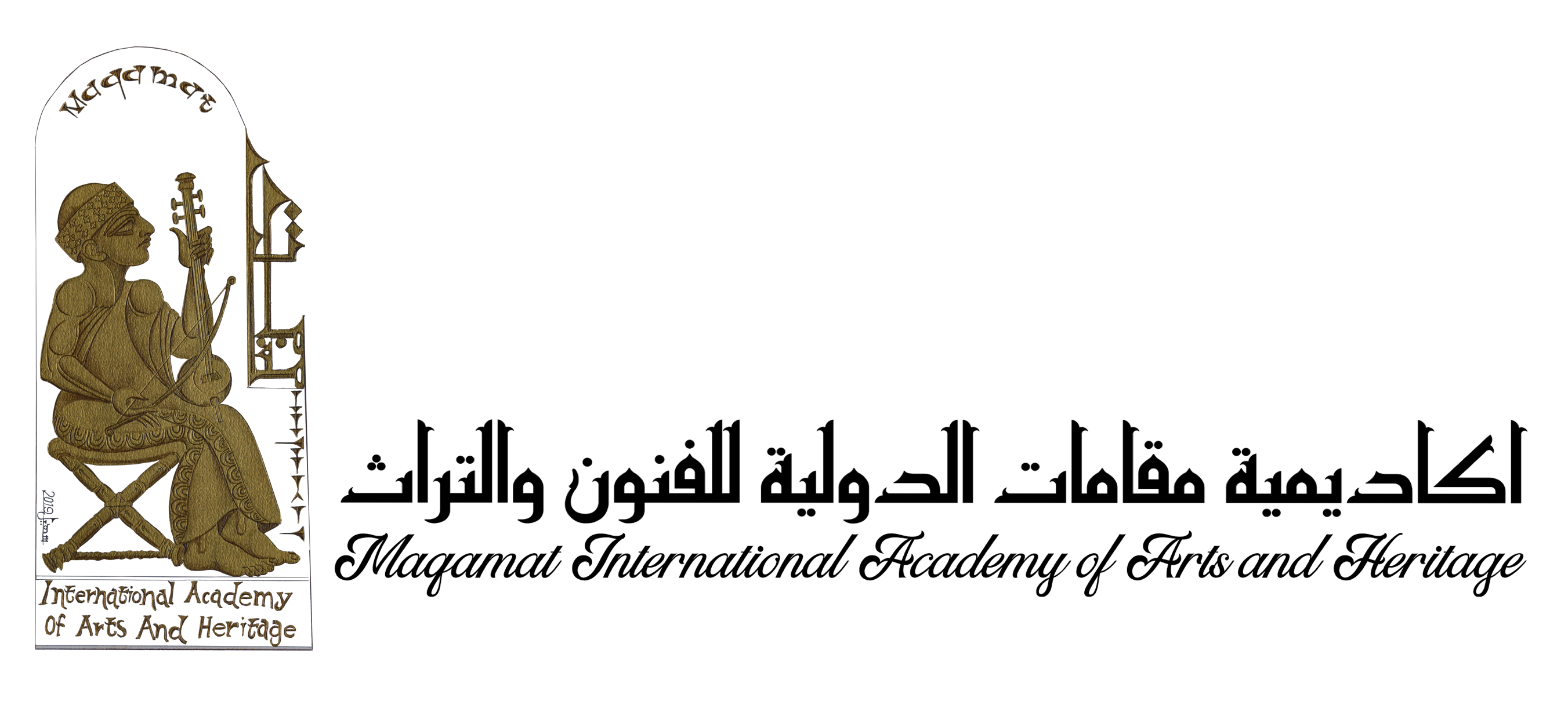Ud

In the 9th century, the Ud became the scholarly instrument of some great musicians of al-Andalus, from Ziryab to Ibn Nâjja.

In its present form, the Ud was used in the countries of the Middle East and the Maghreb. Several stages marked its evolution until it became in the 9th century the scholarly instrument of some great musicians of al-Andalus, from Ziryab to Ibn Nâjja.
the first of these two virtuosos, who emigrated from Baghdad to Andalusia in 822, increased the number of strings of the instrument from four to five.
The cords were originally named after the four moods, these pillars of ancient medicine corresponding to the four human temperaments.
Ziryab painted the most acute rope (zir), a symbol of bile in yellow; in red the second rope from the top (mathna), a symbol of blood; in white the next rope (mathlath), a symbol of phlegm, and finally in black the most gruesome rope (bamm), a symbol of the atrabile.
And since the four moods cannot exist without the soul, he added a fifth string corresponding to the soul. “
(excerpt from Habib Hassan Touma’s book: Arabic Music)
Phone
Follow Us
Opening Hours
Fri: From 10am to 9pm
Sat: From 10am to 7pm
Sun: From 15pm to 7pm
Address
309 Queen St South,
Mississauga, Ontario
L5M 1L9

